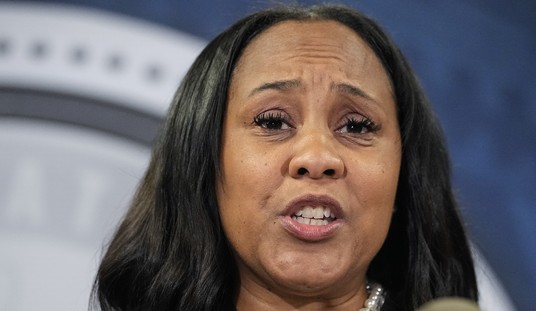
The media sensationalizes, but that’s not necessarily uncommon knowledge. This is the age of click bait and breaking news that’s “breaking” for some reason. Fox News can’t switch to camera three without the breaking news animation playing and reading headlines on websites is like listening to your overdramatic friend begin a story.
The problem is that the media tends to sensationalize things that shouldn’t be sensationalized, and puts little emphasis on the things that actually are in our best interests to know about. One of those things is what we actually die from.
According to OurWorldInData.org, the things that kill us are oftentimes underreported by the media. This, in turn, may even affect our Googling habits, making the things that kill us go unnoticed. The site gives examples:
-
around one-third of the considered causes of deaths resulted from heart disease, yet this cause of death receives only 2-3 percent of Google searches and media coverage;
-
just under one-third of the deaths came from cancer; we actually google cancer a lot (37 percent of searches) and it is a popular entry here on our site; but it receives only 13-14 percent of media coverage;
-
we searched for road incidents more frequently than their share of deaths, however, they receive much less attention in the news;
-
when it comes to deaths from strokes, Google searches and media coverage are surprisingly balanced;
-
the largest discrepancies concern violent forms of death: suicide, homicide and terrorism. All three receive much more relative attention in Google searches and media coverage than their relative share of deaths. When it comes to the media coverage on causes of death, violent deaths account for more than two-thirds of coverage in the New York Times and The Guardian but account for less than 3 percent of the total deaths in the US.
A handy chart was made so you can get more of a visual representation of the information, which I’ve posted below.
Here's what we die from, what we Google about what we die from, and what the media reports that we die from. pic.twitter.com/PvnhvMuAKi
— Brandon Morse (@TheBrandonMorse) May 31, 2019
As you can see, what we Google is actually more accurate to what really kills us than what the media tends to focus on. The media is far more interested in reporting on homicides (shootings, police actions, crime, etc), and reports on it around 23 percent of the time. However, things like cancer take a back seat. With 28 percent of people dying as a result of it, you’d figure the media would be more interested in talking about it, but it only covers it around 13 percent of the time.
When we’re left alone to find our own news, we tend to search for cancer far more often, with 37 percent of our searches
Oddly enough, the thing that kills us the most takes a back seat in searches and reporting. Heart disease kills us the most at 30 percent, yet our searches and the media give it around 2 percent of our attention. Meanwhile, terrorism kills us the absolute least, yet the media gives us an inordinate amount of news about it.
According to OurWorldInData.com, this has given us a skewed vision of reality and gives us the idea that our world is far more horrible than it is:
Media and its consumers are stuck in a reinforcing cycle. The news reports on breaking events, which are often based around a compelling story. Consumers want to know what’s going on in the world — we are quickly immersed by the latest headline. We come to expect news updates with increasing frequency, and media channels have clear incentives to deliver. This locks us into a cycle of expectation and coverage with a strong bias for outlier events. Most of us are left with a skewed perception of the world; we think the world is much worse than it is.













Join the conversation as a VIP Member